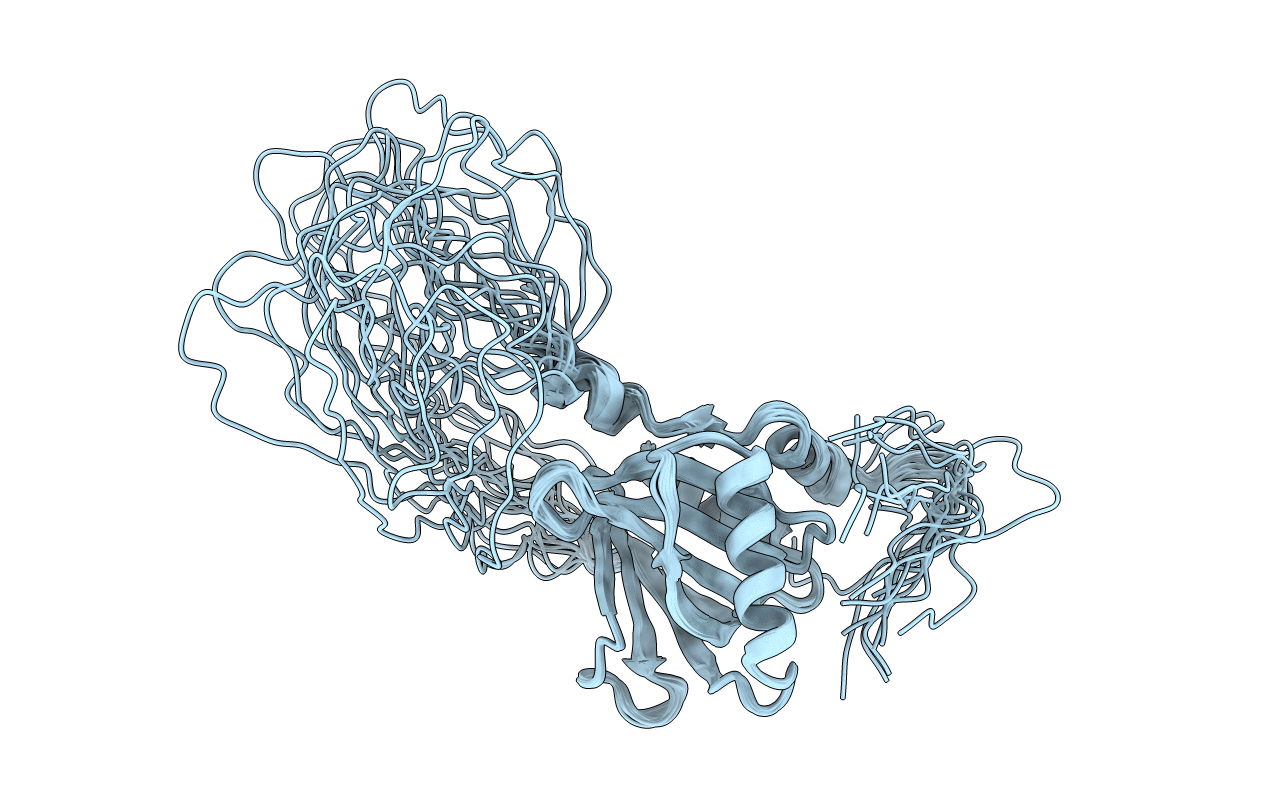
Deposition Date
2007-04-05
Release Date
2008-04-08
Last Version Date
2024-05-29
Entry Detail
PDB ID:
2YT1
Keywords:
Title:
Solution structure of the chimera of the C-terminal tail peptide of APP and the C-terminal PID domain of Fe65L
Biological Source:
Source Organism:
Mus musculus (Taxon ID: 10090)
Method Details:
Experimental Method:
Conformers Calculated:
100
Conformers Submitted:
20
Selection Criteria:
structures with the least restraint violations, target function


